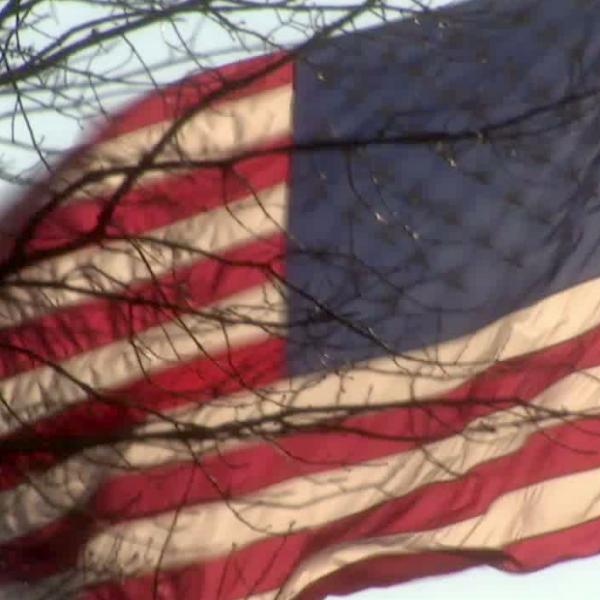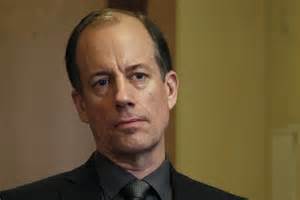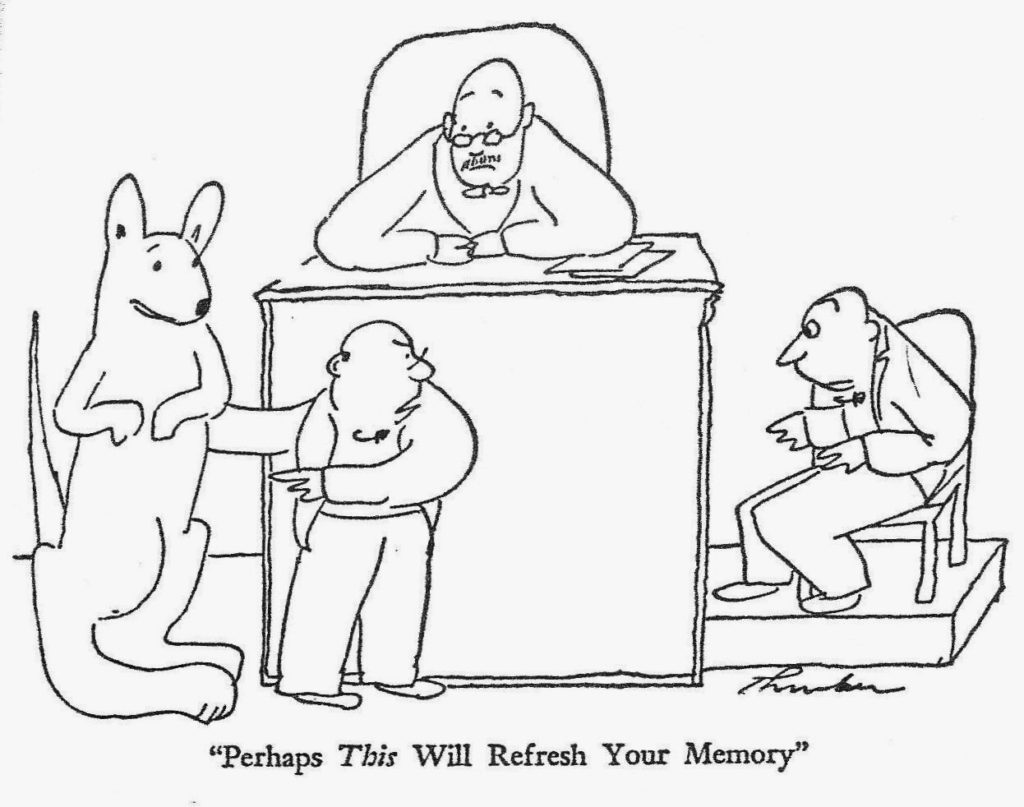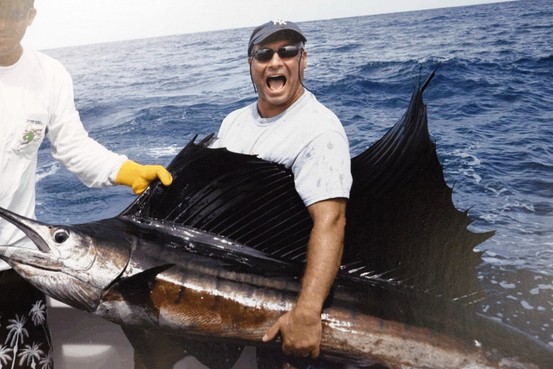
Introducing some risk into your life and work can remind you what it’s like to feel alive. Not that we’re sleepwalking exactly, but if “personal comfort” trumps most other considerations, you have probably insulated yourself from anything more serious than inconvenience—and there’s a price for that.
What we do everyday can easily fall into grooves of predictability where there are few occasions to be confronted with anything surprising, let alone alarming. But if we deprive ourselves of occasions where we need to find some courage and “fall back on” ourselves to overcome our fears, what used to be called “one’s constitution” begins to slip away.
Ask yourself: “What would I do if all I had to rely upon were my wits, if I suddenly had to decide between two uncertain outcomes, if none of my insulations were there to protect me—and my only choices were either to crumble or persevere?” I’d argue that it’s good to put ourselves “on the line” from time to time and find out. It gives us a chance to get in touch with “our elemental selves,” to store up some fortitude for the next time, and to recall our bravery and resourcefulness when we could use some inspiration.
Taking some risks, facing your fears and learning something new about yourself and others have been newsletter themes before. As you know, I’m an off-the-beaten track traveler who encountered some sketchy characters in Rome (“What’s Best Is Never Free”) and a genuinely menacing one in New Orleans (“Risk Taking, Opportunity Seeking”). The reward each time was to discover something about these cities and their people that I could not have found out any other way. On the spot, I felt more alive. And where I could have responded better, I thought about how I‘d do things differently the next time I leave my comfort zone.
The upside of taking risks also drove the migration from Asia that settled the Western Hemisphere 15,000 years ago. These new Americans didn’t stop in the first fertile valley they discovered. Instead, they pushed to the edges of nearly every corner of North, Latin and South America with astonishing speed. It was insatiable curiosity and the thrill of conquest that drove them on, despite their having to confront megafauna (really big animals with razor-sharp claws and teeth), the challenges of wilderness travel with children and elders, and a total absence of convenience stores. In his book about it, Craig Childs cited the research for the proposition that an appetite for risk is hardwired into our DNA, giving rise to human progress and the rush of adventure that quickly follow.
Two new stories this week provide additional food-for-thought about our psychological risk profiles and a literally “ground-breaking” documentary delves into the motivations behind Alex Honnold’s “ free solo” climb up the rock face of El Capitan. I hope they’ll contribute to your thinking about staying confident, willful and alive.

Two recent pieces in the Wall Street Journal consider fear-inducing situations from opposite directions. One, called “Using Fear to Break Out of a Funk” argues that you can raise your spirits by confronting something that scares you and building a record for bravery. The other, “Travel Mistakes That Hurt,” is about foolishly throwing caution to the wind when you’re in a vacation state of mind. Taken together, they provide something of a template for healthy risk taking.
It’s amazing what fools we can sometimes be when we’re traveling. Incapacity from drinking too much alcohol or not enough water, injuries from mopeds and other unfamiliar vehicles, assuming wild animals are “cute,” hiking or climbing beyond your physical limits, and falling off cliffs or into traffic while taking pictures of yourself. The “Travel Mistakes” article features an interview with Tim Daniel with International SOS, an organization whose travel coverage includes rescuing people from every kind of harm. Daniel says travel is disorienting for almost everyone and that when we’re inundated with all that new information we can end up focusing on the wrong things and making poor choices.
Some of us go with the first thing we’re told instead of testing its reliability. Other times we’re susceptible to “the bandwagon effect”: if others are jumping off a cliff and into the water then it must be safe for us to jump in too. We may cling to our preconceptions (this neighborhood was safe 20 years ago) whatever evidence there is to the contrary today. Daniel argues that our blind spots always become more pronounced when we travel.
They are one reason it’s helpful to travel with companions who know you well enough to warn you about yours before it’s too late. Or if you’re traveling alone, it helps to think about your worst inclinations in advance and to keep them in mind before they get you in trouble. Navigating the unfamiliar (including its risks) makes travel exhilarating, but to maximize the potential gains and minimize the possible losses, it helps to know the baggage that you’ve brought along with you.
On a more positive note, it turns out that “amping up the adrenaline to get out of an emotional rut” is also a prescription with some science behind it. This is the kind of “funk” we’re often trying to leave behind when we seek a break from our daily routines. Sociologist Margee Kerr has written about what happens when we face our fears about loss of control in challenging situations.
When we’re terrified, our sympathetic nervous system, which is in charge of that flight or flight response, floods the body with adrenaline and the brain with neurotransmitters such as dopamine and norepinephrine. Our blood vessels constrict, to preserve blood for muscles and organs that might need it if we decide to run. And our mind focuses on the present. The physical response lasts a few hours, but the memory is what we draw strength from.
The woman who wrote “Using Fear to Break Out of a Funk” is also a scuba diver. She explored the theory’s immediate and long-term benefits by choosing a particularly demanding dive in Iceland, between the continental plates that separate North America from Eurasia. During the dive, she confronted her fears multiple times “but pushed through by refusing to acknowledge that quitting was an option.” As soon as she did so, she felt “strong, brave and happy.” Moreover, the memory of that experience was even stronger. Whenever she’s struggling to get through a bad day she says: “I go back to that place where I can do anything.”
Finding your control when risks give rise to fear is exhilarating at the time and empowering for as long as you can relive your resourcefulness.
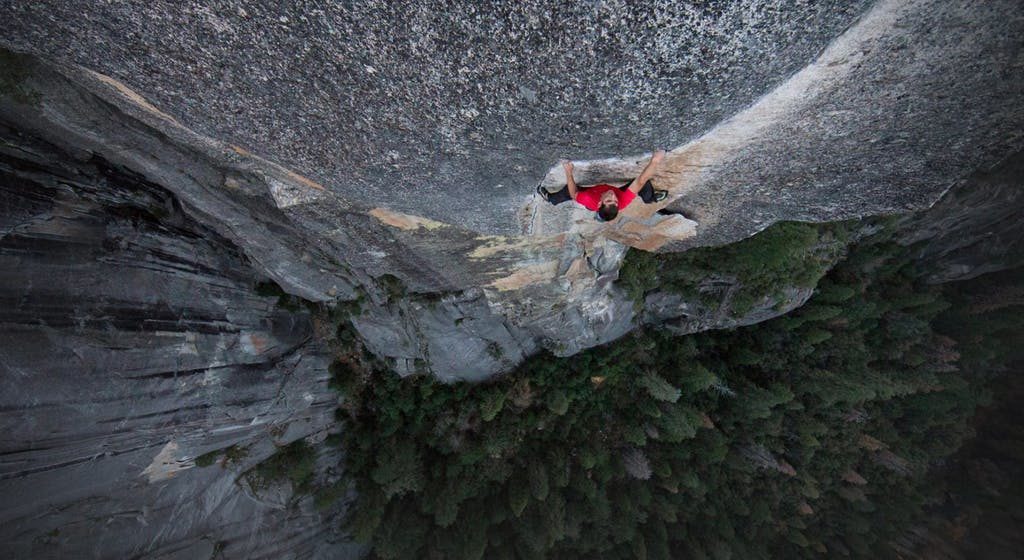
This photo, along with the shot that tops this post, are of Alex Honnold climbing the sheer, rock face of El Capitain in Yosemite National Park without ropes or safety gear. 3000 feet of sheer granite, thousands of hand and foot holds, it took him 3 hours and 56 minutes. What’s known as “Free Solo,” his climb was a first in the annals of rock climbing, and is the subject of a documentary that’s in theaters today.
I’m not good with heights and so far have been afraid to see it. But somebody named John Baylies was brave enough, and he described his experience this way in an on-line forum:
I judge this the scariest movie I’ve ever seen. Impossible not to get personally involved. Two big questions loom. What disease does this man suffer, that he has no fear and what the hell were the guys in animal costumes doing 1000 feet into the climb? If this were fiction it was a perfect comic relief for was the tensest 20 minutes on film.
However curious I am about the animal costumes I may just have to read about it, but the buzz around his climb got me interested in Honnold so I tracked down a TED talk he gave along with an extended interview on Joe Rogan’s podcast since the documentary came out. I think you’ll enjoy them too.
The highly informal Honnold-Rogan exchange provides several glimpses into the type of person who would train for 20 years with the goal of finding control while facing a succession of nearly overwhelming risks to his personal safety. Watching and listening to Honnold talk was fascinating. Humble. Direct. Thoughtful. Articulate. The farthest thing from a daredevil, much of what drives him was revealed by Rogan’s question about all those people he must have inspired to follow in his footsteps. Honnold says simply that he guesses he would be pleased to inspire people if it were “to live an intentional life” like he has: knowing what he wants and working to achieve it.
Honnold’s TED talk elaborates on what living that way means for him. In it, he contrasts a free solo climb he completed at Half Dome (also in Yosemite) which proved unsatisfying with his encore at El Capitan, which he describes as “quite simply the best day of my life.”
At Half Dome in 2012, he never practiced beforehand and had the cocky over-confidence that he would somehow “rise to the occasion” and make it to the summit. Then he reached a point in his climb, almost 2000 feet up, where he could not find his next hand or toe-hold. Honnold knew what he had to do (a tricky maneuver) but was overcome with fear that he’d execute the move incorrectly and would likely die. After much deliberation, he did manage the move successfully and reached the top safely—but vowed that he’d never be that reckless again.
Five years later at El Capitan, Honnold worked for months on its rock face finding and memorizing every hand and foothold so there would be no surprises on the day of his climb. He removed loose rocks along his path, carrying them down in a backpack. He anticipated everything that was likely to happen and how he would respond to it in what became a highly choreographed dance.
The way that Honnold managed his fear was to leave “no room for doubt to creep in.” Always knowing his next move, his mental and physical preparation made the actual climb feel “as comfortable and natural as taking a walk in the park.” Why did he succeed at El Capitan when he felt so much less successful at Half Dome? “I didn’t want to be a lucky climber, I wanted to be a great climber,” he said.
+ + +
Finding the calm and mastery of control in the face of risks—as big as Honnold’s or as small as any of ours might be—is always a function of preparation. To extend yourself and overcome a new challenge takes planning and visualizing what you’re likely to encounter along with understanding yourself, the mistakes you are prone to make, and the strategies you’ll employ to avoid them. In Honnold’s words, “it takes intentionality” beforehand. You have to want to do it in the right way.
The upside in taking risks and pushing your envelope isn’t found in the speculation that you’ll be able to handle whatever comes your way. You may end up being lucky, but just as likely, a group like International SOS may be coming to your rescue. On the other hand, when you’re ready to assume the risks, the rewards are becoming fully and completely alive in the moment that you face them and the recollection of your bravery and resourcefulness whenever your confidence flags.
This post is adapted from my November 11, 2018 newsletter.





